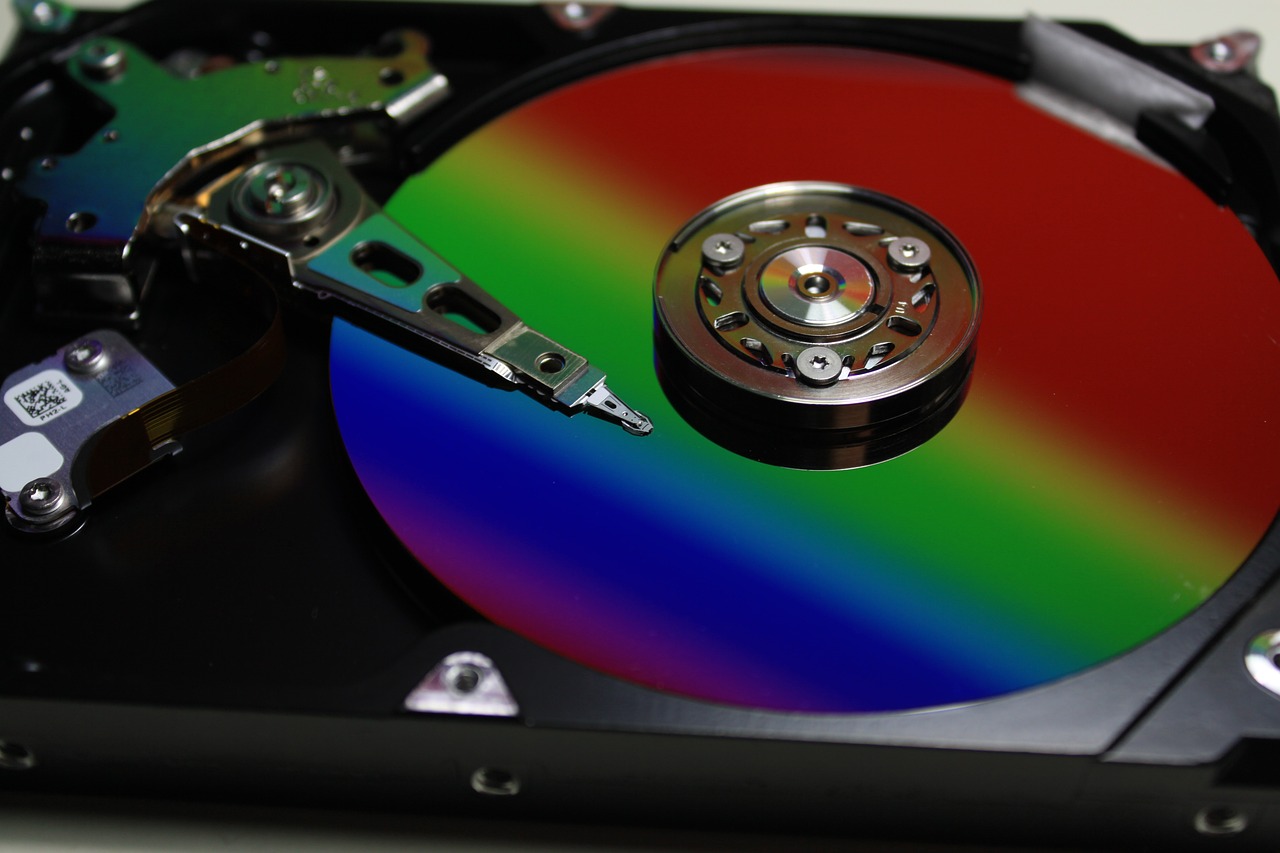
S.M.A.R.T. (Self-Monitoring, Analysis and Reporting Technology) is a built-in system on most modern hard disk drives (HDDs) that continuously monitors the health of the drive and reports any potential problems. One of the ways that S.M.A.R.T. does this is by running self-tests. There are three main types of S.M.A.R.T. self-tests: short, extended, and conveyance.
Short Self-Test
The short self-test is the quickest and easiest S.M.A.R.T. self-test to run. It takes only a few minutes to complete and only checks a small portion of the drive. However, it is not as thorough as the extended self-test. The short self-test is a good way to quickly check the health of your drive, but it is not a substitute for the extended self-test.
Extended Self-Test
The extended self-test takes several hours to complete and checks a much larger portion of the drive than the short self-test. It is a more thorough test and can detect more potential problems. However, it also takes longer to run and can be more disruptive to your system. The extended self-test is a good way to get a detailed assessment of the health of your drive, but it is not something that you need to run on a regular basis.
Conveyance Self-Test
The conveyance self-test is a special type of S.M.A.R.T. self-test that is only run if the drive is moved from one location to another. It checks for any damage that may have been caused by the movement of the drive. The conveyance self-test is typically automatically run after the drive has been moved.
Here is a table summarizing the three types of S.M.A.R.T. self-tests:
Type of Self-Test – Time to Complete Thoroughness Frequency of Use:
- Short – Minutes Least thorough Regularly
- Extended – Hours More thorough Less often
- Conveyance – Minutes Checks for drive damage After drive is moved



Leave a Reply
Your email address will not be published. Required fields are marked *